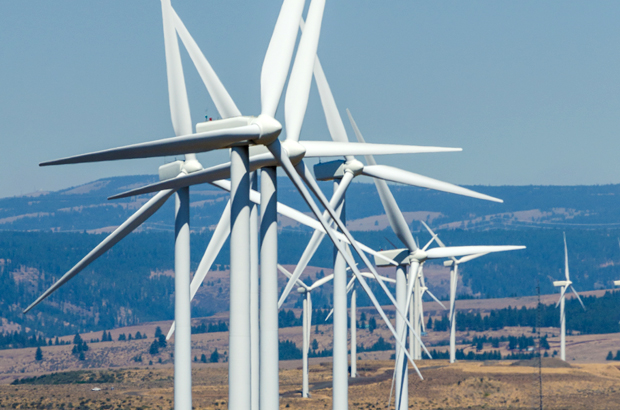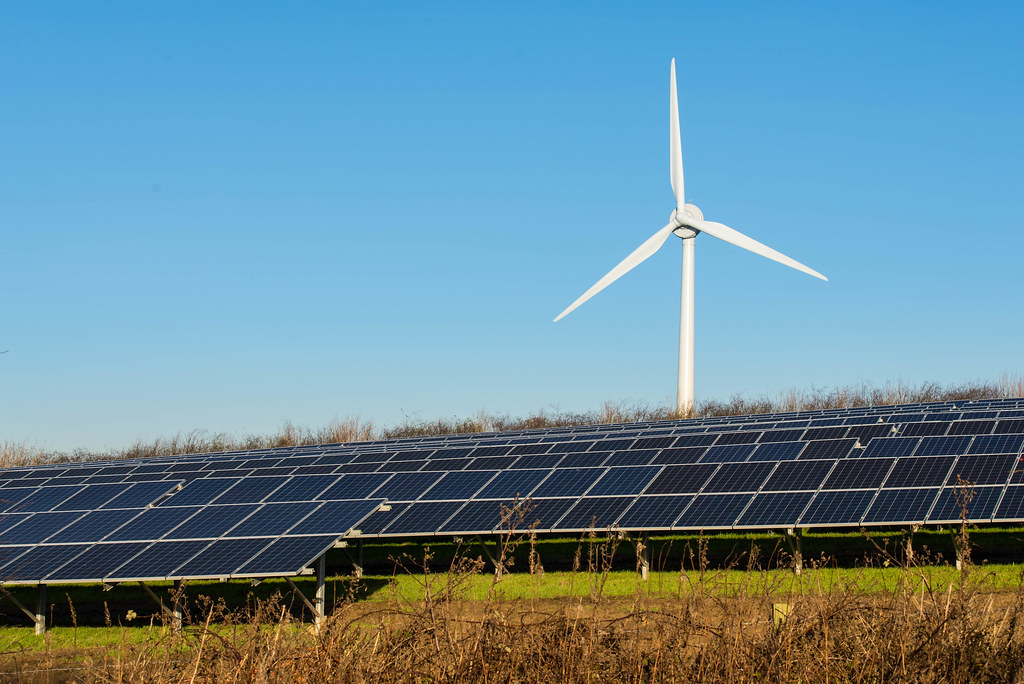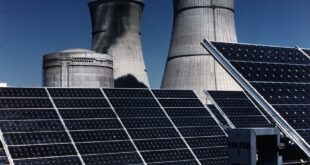As the world is looking for cleaner and more sustainable sources of energy, two of the most prominent options are solar energy and wind energy.
These two forms of renewable energy have become increasingly popular over the past few years and are often compared to each other. In this article, we will explore the similarities and differences between solar energy and wind energy and evaluate which one is the better choice.
Solar Energy
Solar energy is the energy that is harnessed from the sun’s rays. It is a clean and renewable energy source that can be converted into electricity using photovoltaic (PV) cells.
PV cells are made from semiconductor materials, such as silicon, that absorb sunlight and generate an electric current. Solar energy is the fastest-growing source of renewable energy in the world, and it is becoming more affordable as technology improves.

Advantages of Solar Energy
- Abundance: The sun is a renewable resource that is abundant and available almost everywhere. It is estimated that the energy from the sun that hits the Earth in one hour is enough to meet the energy needs of the entire planet for one year.
- Low Maintenance: Solar panels require very little maintenance, and they have a lifespan of about 25-30 years. Once installed, they can provide electricity for decades.
- Silent Operation: Solar panels operate silently and do not produce any noise pollution, making them ideal for residential areas.
- Zero Emissions: Solar panels do not produce any emissions or pollutants, making them a clean and sustainable energy source.
Disadvantages of Solar Energy
- Dependence on Weather: Solar energy production is dependent on weather conditions. Cloudy days and short winter days can reduce the amount of energy produced.
- High Upfront Costs: Although solar energy systems have become more affordable, the upfront costs of installation can still be quite high.
- Land Use: Large solar farms require a significant amount of land, which can be a challenge in densely populated areas.
Wind Energy
Wind energy is generated by the movement of air from high pressure to low pressure. Wind turbines convert this energy into electricity by using blades to spin a rotor, which then turns a generator. Wind energy is a clean and renewable energy source that has been in use for centuries, but it is only in recent years that it has become a significant source of electricity.

Advantages of Wind Energy
- Abundance: Wind is a renewable resource that is available almost everywhere. Wind turbines can be installed on land or offshore, making them a versatile energy source.
- Low Operating Costs: Once a wind turbine is installed, the operating costs are low. The fuel is free, and the maintenance costs are relatively low.
- Scalability: Wind farms can be easily expanded, allowing for the generation of large amounts of electricity.
- Zero Emissions: Wind turbines do not produce any emissions or pollutants, making them a clean and sustainable energy source.
Disadvantages of Wind Energy
- Dependence on Weather: Wind energy production is dependent on weather conditions. If there is no wind, there is no electricity produced.
- Noise Pollution: Wind turbines can be noisy, especially when they are located near residential areas.
- Visual Impact: Wind turbines can be visually intrusive, especially when they are located in scenic areas.
- Wildlife Impact: Wind turbines can pose a danger to birds and bats, especially when they are located in migration routes.
Solar Energy Vs Wind Energy: Which One Is Better?
When it comes to choosing between solar energy and wind energy, it ultimately depends on a number of factors. Both forms of energy have their advantages and disadvantages, and the best choice will depend on the specific situation.
- Location: The location of the energy source is one of the most important factors to consider. Solar energy is better suited for areas with plenty of sunlight, while wind energy is better suited for areas with high wind speeds.
- Energy Needs: The amount of energy needed is another important factor. Solar energy is better suited for small to medium-sized energy needs, while wind energy is better suited for larger energy needs.
- Cost: The cost of installation and maintenance is another important factor. Solar energy systems have become more affordable in recent years, but the upfront costs can still be high. Wind turbines have higher upfront costs, but the operating costs are lower.
- Environmental Impact: The environmental impact of the energy source is also an important factor. Both solar and wind energy are clean and sustainable energy sources, but they can have different impacts on the environment. Large solar farms can require a significant amount of land, while wind turbines can pose a danger to birds and bats.

Solar energy and wind energy are both viable and sustainable sources of energy
Solar energy and wind energy are both viable and sustainable sources of energy. Both have their advantages and disadvantages, and the best choice will depend on the specific situation.
Solar energy is better suited for areas with plenty of sunlight and small to medium-sized energy needs, while wind energy is better suited for areas with high wind speeds and larger energy needs.
Ultimately, the choice between solar energy and wind energy will depend on a number of factors, including location, energy needs, cost, and environmental impact.
 E340 USA – Economy – HVAC – Energy – Health – Education
E340 USA – Economy – HVAC – Energy – Health – Education

